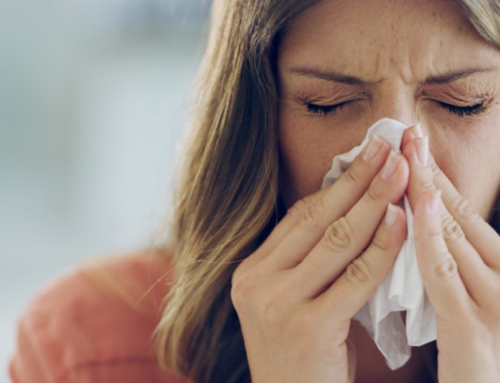Posta – 23 February 2022
Studies show that the frequency of allergic diseases in children aged 7-9 years decreases in proportion to the increase in the number of pets since infancy. Pointing out that families who want to have pets should start feeding cats or dogs before their children reach the age of 1, Allergy, Asthma Association President, Allergy Specialist Prof. Dr. Ahmet Akçay said that having pets at an early age reduces both the child’s likelihood of developing allergies to animals and the risk of developing diseases such as asthma and allergic rhinitis in the future.
Making a statement about pet allergy within the scope of World Cat Day, Allergy, Asthma Association President and Allergy Specialist Prof. Dr. Ahmet Akcay; “Having cats and dogs at home at an early age reduces the risk of allergies,” he said.
Pointing out that families who want to have pets should start to have cats or dogs before their children reach the age of one, Prof. Dr. Ahmet Akçay said that having pets at an early age both reduces the child’s possibility of developing allergies to animals, and also reduces the risk of developing diseases such as asthma and allergic rhinitis in the future.
Farm life prevents the development of allergic diseases
Studies show that the frequency of allergic diseases in children aged 7-9 years decreases in proportion to the increase in the number of pets since infancy. Experts say that cats and dogs create a “mini-farm” effect and farm life prevents the development of allergic diseases.
THERE ARE TWO REASONS SHOWN IN SCIENTIFIC STUDIES!
prof. Dr. Ahmet Akçay made a statement on the subject; “The existence of a protective effect from allergies caused by pet feeding is also supported by immunological data,” he says.
Research shows that, in principle, two different mechanisms may contribute to the protective effect of pet feeding.
First, exposure to cat or dog hair containing large amounts of allergens of the relevant species induces high-dose clinical tolerance to the allergens, resulting in a reduced risk of cat and dog allergies. Many studies show that keeping pets at home before children reach the age of one reduces the risk of developing pet-related allergic diseases.
Second, the cohabitation of pets provides a “mini-farm” environment with microbes or other immunomodulatory factors that exert a wide modifying effect on the child’s immune development. This leads to tolerance not only to the pet itself, but also to food and airway allergens. Intestinal flora has a flora dominated by beneficial microbes, reducing intestinal permeability, and as a result, the development of food allergies, asthma and other allergic diseases is reduced.
BENEFITS OF HAVE A PET IN HOME WITH CHILDREN
The prevalence of allergic disease in children aged 7 to 9 years decreases in a dose-response pattern with the increasing number of cats and dogs in the household during the first year of life. This suggests that there is a “mini-farm” effect that allows the pet to be fed with the pet. prof. Dr. Akçay lists the benefits of keeping a pet at home in an environment where young children live as follows:
THE CHILD MUST MEET WITH A PET BEFORE THEY AGE OF 1
Reduces the child’s development of allergies to pets
Allergens in pets strengthen immunity and reduce the development of other allergies in children.
Having a large number of pets at home provides a mini-farm environment
Mini farm life enriches the intestinal flora and has a protective effect against allergic diseases.
If families who are prone to allergic diseases want to have pets, it will be beneficial for them to start feeding their children before they reach the age of one.






